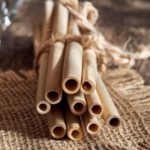According to statistics, Vietnam ranks 4th in the world for marine plastic pollution, as reported by the United Nations Environment Programme. This includes a significant amount of plastic bags, plastic bottles, and plastic straws.
To protect the environment and reduce the amount of waste ending up in our oceans, there are now many facilities producing biodegradable straws that are safe for the environment.
Even though these straws are disposable, they do not negatively impact the surrounding human environment and ecosystem. Let’s explore these eco-friendly straw options and their pros and cons.
1 Paper Straws
Paper straws are one of the earliest biodegradable options and are widely used by many families and beverage shops.
These straws are made from paper and come in a variety of colors and designs, similar to plastic straws. They also offer different sizes to accommodate various beverages.
When using paper straws, there is no unpleasant paper odor, so they are suitable for those sensitive to smells. They have a long shelf life and can be stored indefinitely under normal conditions unless exposed to moisture.
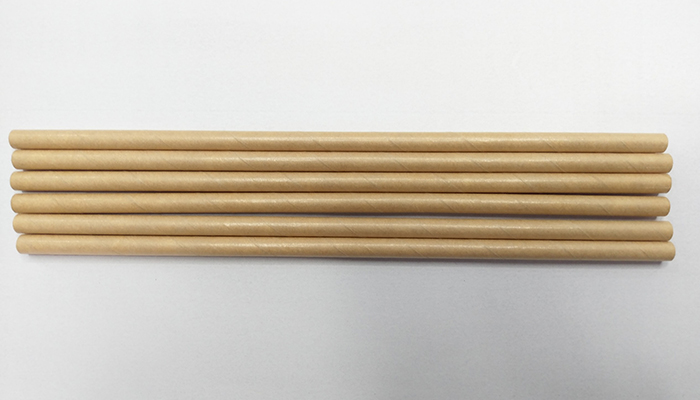
However, paper straws will soften after prolonged use, typically within an hour or so, similar to what happens with paper cups. But this isn’t much of a drawback, as the straws can still be used for a short while after softening. An hour is also a long time, giving you plenty of time to chat with your friends while enjoying your drink.
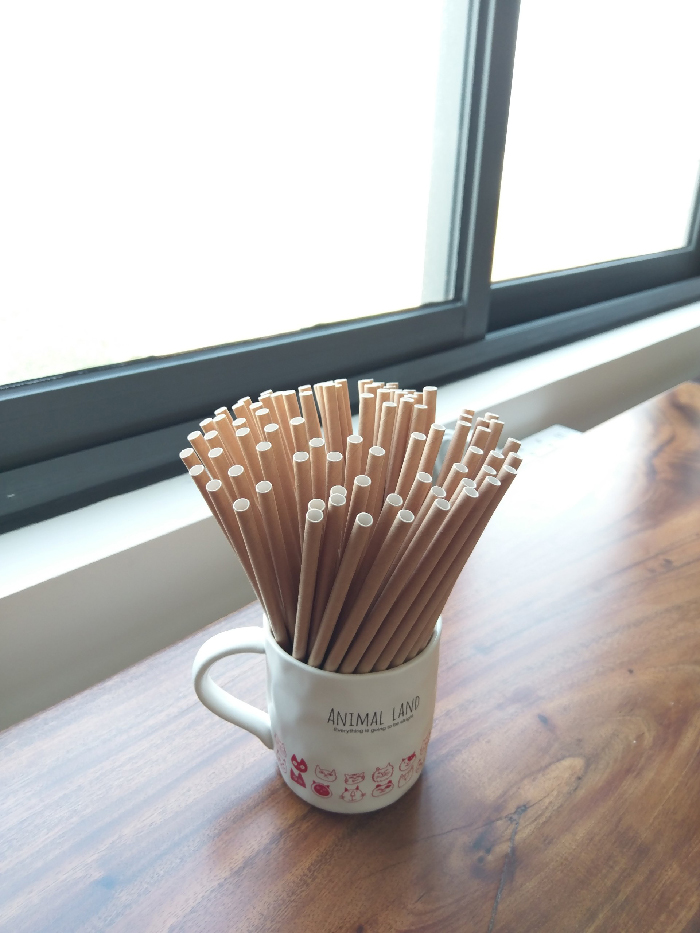
2 Bamboo Straws
Bamboo straws are probably the oldest type of straw and are commonly seen in Japanese-style restaurants.
One of their key strengths is reusability, as they can be used multiple times instead of being disposed of after a single use like other biodegradable options. Bamboo straws are also durable due to their rigid structure. Their lifespan depends on your care and maintenance, and they should be returned to nature when they start to show signs of aging and discoloration.
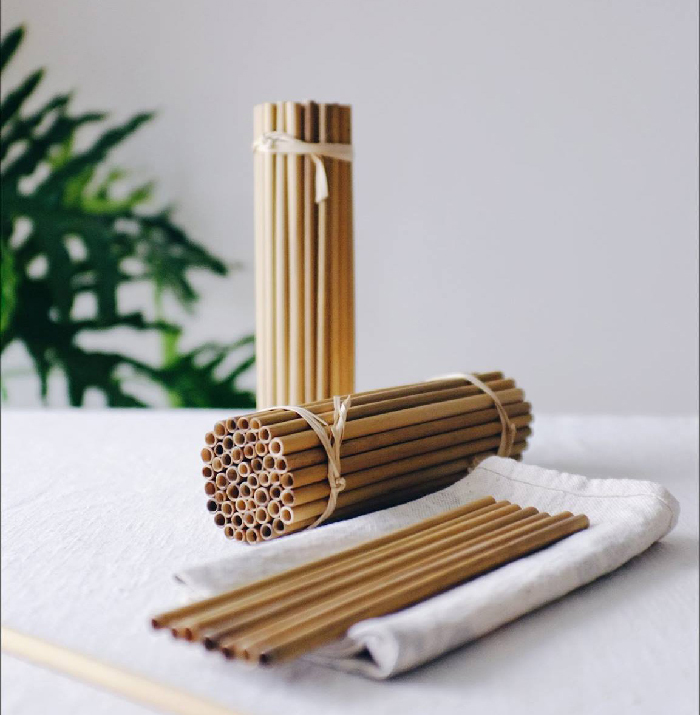
When using bamboo straws, you may notice a slight natural bamboo scent, but it doesn’t interfere with your drinking experience. However, one drawback of bamboo straws is their fixed size, as they are made from natural bamboo and cannot be customized in length or width. Fortunately, the standard size of about 20 cm in length and 8 mm in diameter is suitable for most beverages.
Another factor that may limit their appeal, especially to younger consumers, is their simple and plain design.

3 Rice Straws
Rice straws are “edible”—a unique feature that has attracted many young consumers. Made from rice flour, these straws become malleable after being in a drink for 30 to 60 minutes. At this point, instead of throwing them away, you can safely eat the straw!

Rice straws come in various colors, and many people like them because they are edible. However, similar to bamboo straws, they have a rather plain design and are currently available in limited styles. They have a long shelf life of up to three months.
One of the main drawbacks of rice straws is their high price. Additionally, they tend to soften quickly, making them unsuitable for extended periods of use, such as during a long party. While they have a long shelf life, improper storage may lead to mold due to the rice flour content.
4 Grass Straws
Grass straws, particularly fresh grass straws, were a popular trend in 2019. They are an innovative and affordable option that has gained support from many consumers.
Grass straws are made from bang grass, which is abundant in the Mekong Delta region of Vietnam. They are easy to produce—the grass is harvested, washed, and cut into uniform sections. Fresh grass straws have a shelf life of 2-3 days at room temperature and up to 3 weeks in the refrigerator. Dried grass straws can last up to 3 months.
One drawback of grass straws is their distinct grassy odor, which may be off-putting to some consumers. Additionally, due to their natural composition, they are prone to breaking if not handled carefully.

5 Ice Straws
Ice straws are a DIY option that you can easily make at home. Simply pour water into an ice cube tray and freeze it to create an ice straw, perfect for a hot summer day.
While these straws are inexpensive and easy to make, their durability is limited by the weather, especially in Vietnam’s warm climate. They typically melt within an hour of being taken out of the freezer.
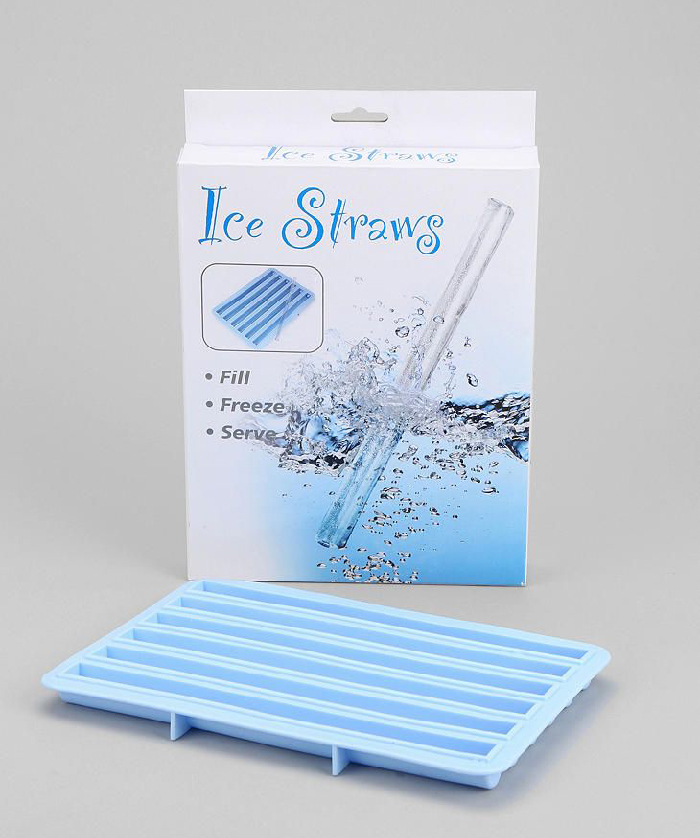
6 Metal and Glass Straws
Metal and glass straws are reusable alternatives to single-use plastic straws, which take a long time to decompose.
Their key advantage is their longevity—for example, stainless steel straws can be used for years until they show signs of aging and become difficult to clean.
However, a drawback of these straws is the need for special brushes to clean them thoroughly. For those who dislike the extra cleaning effort, this may be a deal-breaker.
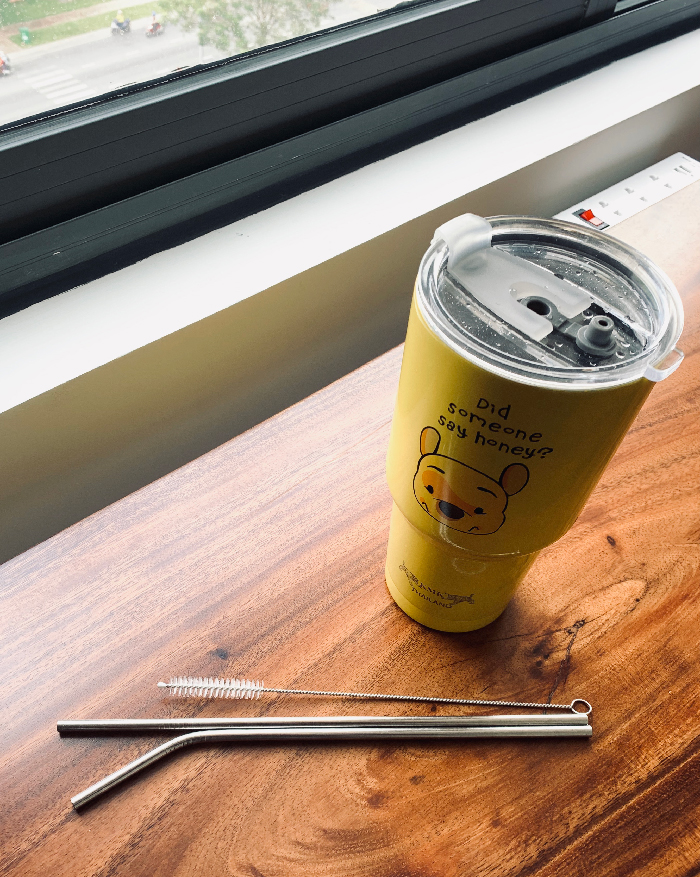
The main reason why these eco-friendly straws have not gained widespread adoption is their higher price compared to plastic straws. They can cost two to three times more, which makes some consumers hesitant to make the switch. However, investing a little more in these reusable options is a small price to pay to protect our environment, safeguard our health, and reduce the long-term costs associated with treating health issues caused by toxic, low-quality plastic straws. You probably already know how harmful plastic straws can be to your body.
Learn more about World Environment Day 2023: its history, significance, and how you can get involved.
Secure, Environmentally-Friendly Kitchen Products
As awareness of environmental pollution continues to rise, the demand for eco-friendly products is also increasing. These items not only provide benefit to the planet, but they can also contribute to improved health and well-being. Consequently, these products have become a key component of the green movement.
What are Bamboo Straws? Understanding the Process and How to Make Bamboo Straws
The humble bamboo straw is a simple, eco-friendly alternative to traditional plastic straws. But what are these straws, and how are they made? Let’s explore the world of bamboo straws and their unique creation process.


























